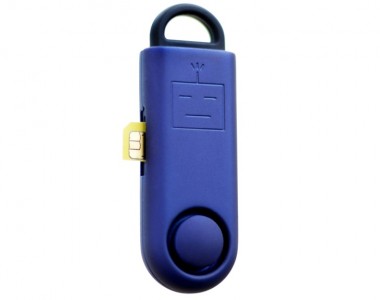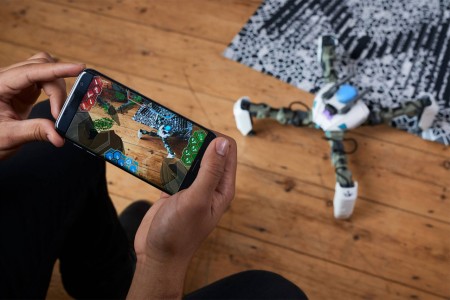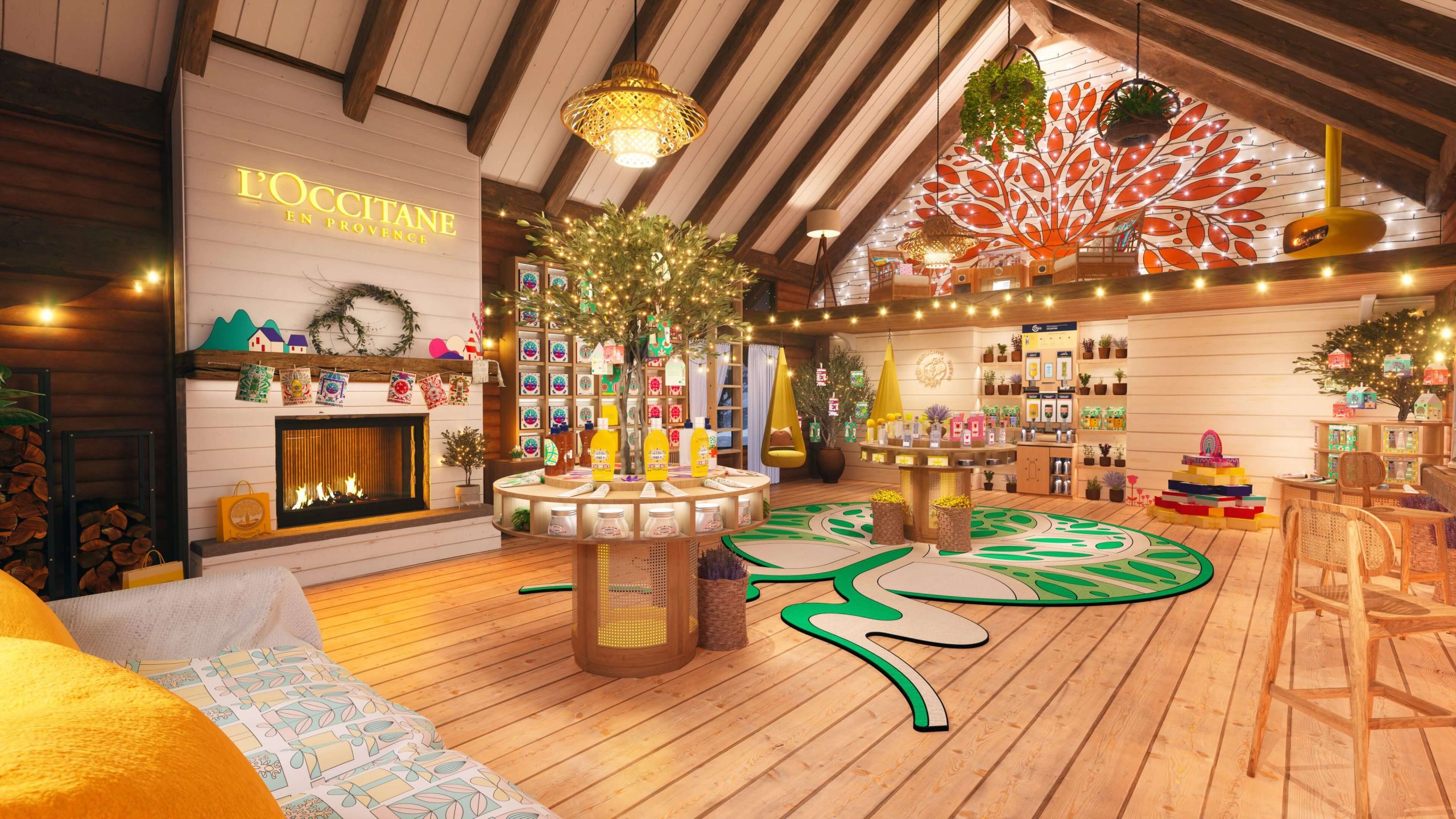Innovation Lab: Balloon Robots, Smart Sirens and Printable Sweets
- Friday, November 25th, 2016
- Share this article:
At Mobile Marketing were proud to help tech companies showcase their cutting-edge solutions, whether its on our website, in our magazine or at our Mobile Marketing Summits. Giving a platform to companies that are breaking new ground in their market brings audiences one step closer to the ideas and developments that will shape tomorrow.
In that spirit, our Innovation Lab feature takes a step beyond the world of apps, ads and handsets with slightly bigger screens, in order to share some of the tech worlds innovative ideas. They might be interesting, disruptive or just outright strange, but these are the stories that have caught our eye over the past week.
Balloon Robot Walks, Jumps and Skateboards Without Ever Falling Down
Balancing on two feet comes naturally to humans, but its a problem that robotics is still struggling to address, with most robots capable of walking using two legs requiring extraordinarily complex systems to maintain their equilibrium.
UCLAs Robotics & Mechanisms Laboratory has found an easy solution to the problem, however, in the form of a neutrally bouyant robot built around a helium balloon. The inflatable torso is attached to a pair of thin articulated legs which can walk, hop and even dance, and the overall weight of the robot is balanced so it never falls, but also never floats away.
“To get creative ideas, sometimes we ask ourselves crazy, ridiculous questions,” said Dennis Hong, the professor behind the creation in an interview with IEEE Spectrum. “Oftentimes these lead to crazy, ridiculous answers, which lead to ingenious ideas. We asked ourselves, What if we could change the direction of gravity? and this led to the concept of BALLU.”
The Buoyancy Assisted Lightweight Legged Unit or BALLU is more a proof-of-concept than a functional machine, and faces a couple of issues, notably the fact that it cannot carry more than simple, very light electronics at the moment, and has a tendency to blow away in a strong breeze, but who knows –perhaps this is the start of a whole new design philosophy in robotics?
 RoboRanger is the Worlds Smartest SOS Alarm
RoboRanger is the Worlds Smartest SOS Alarm
68 per cent of criminals will leave a scene completely empty-handed when an alarm is activated, but personal safety alarms are still a relatively rare safety precaution that most people fail to take advantage of.
Robocopp, the firm behind the RoboRanger, are hoping to change that with their new smart device that is capable of generating a 130-decibel alarm when triggered, as well as alerting both the authorities and a professional rescue team.
The RoboRanger doesnt even rely on a paired smartphone for connectivity, dramatically reducing the chance of failure due to battery drainage or an out-of-range mobile. It also respects individual privacy, only tracking the users location when triggered, and using securely encrypted data.
“We are thrilled to make a contribution to the world of personal safety technology,” said Sam Mansen, CEO of Robocopp. “People put alarms on their homes and cars, but not themselves or their children. Why not? Life is much more valuable, I think.”
Vodafone Tracks Harbour Seals Using Marine Smartphones
Scientists at the Sea Mammal Research Unit (SMRU) at the University of St Andrews have been working with Vodafone for over a year now, using IoT technology to study the rapid decline in Harbour seal populations around Orkney.
Now, the researchers have successfully completed the first step of this multi-year study, having captured five months worth of data using marine telemetry tags that were harmlessly glued onto the fur of ten seals.
Having completed their annual moult, the seals are now free of the tags, but the 3D activity data provided by the devices will enable the SMRU to gain insights into why the harbour seal population has decreased by 76 per cent around Orkney since 2000.
“Marine data collected during this project on Orkney is helping to assess the causes, and possible mitigation options, in relation to the harbour seal decline,” said Dr Bernie McConnell, deputy director of the SMRU. “This is just the start and we will be analysing the data further before presenting the findings to Scottish Government.”
 MekaMon Combines AR and Robotics For Next Level of Gaming
MekaMon Combines AR and Robotics For Next Level of Gaming
Robot combat is seeing something of a resurgence, with Robot Wars back on the television, and advancements in robotics meaning that consumer-ready models are more complex and entertaining than ever. MekaMon, created by startup Reach Robotics, takes these advancements even further by integrating augmented reality into gameplay.
MekaMon are customisable, modular robots that can move forwards, backwards and diagonally using a range of characterful movements, all controlled over Bluetooth using an accompanying app. They also come with a variety of modular weapons and tools that dictate how the robots act and react to their environment.
Users can battle other MekaMon, which use infrared sensors to detect hits and react appropriately, or the app can use AR for story-driven single player missions that pit the robot against virtual foes and hazards which owners must navigate and defeat.
Magic Candy Factory Lets You Print Your Own Sweets
3D printing has come a huge distance in the past 10 years, and now were beginning to see it cross over from something used in laboratories and factories, to something that occurs on the high street and in the home. The Katjes Magic Candy Factory is just one example of that leap.
The chain of stores enables customers to design and print their own custom gummy sweets, writing words, drawing shapes or even uploading photographs using a tablet program, then choosing eight different vegan, all-natural colours and flavours to combine in a sweet that is created in under five minutes.
The brand already has stores in Germany, Dubai and a number of major American cities, and earlier this week, launched in eight shopping centres across England, Wales and Scotland.
















